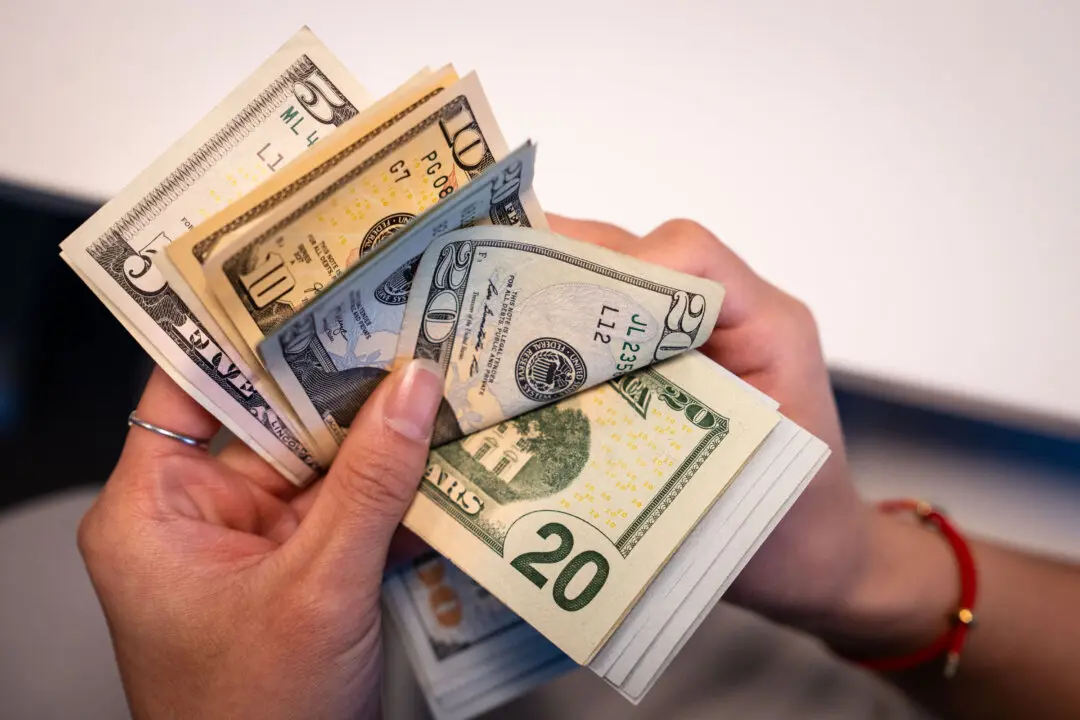U.S. inflation is set to decline next year, according to activity in the bond market, with the gap between the two-year and 10-year Treasury yields trading at its most negative level in decades.
The gap between one-year Treasury inflation-protected securities and similar-dated nominal government notes is at 2.18 percent, indicating that average inflation over the coming year would be roughly around this level. Considering that the annual inflation came in at 7.1 percent in November, this would require price gains to drop by roughly 5 percent in the coming year.





